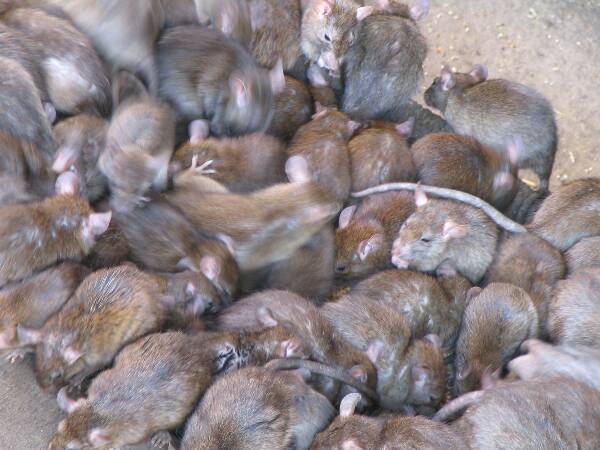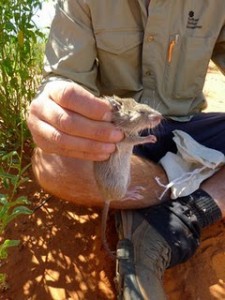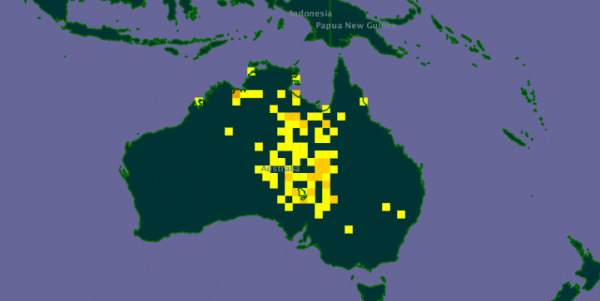Mass migration of rats is underway in Australia

A mass migration of rats is under way into the inland deserts of Australia after a run of high rainfall seasons. The native long-haired rat, or Rattus villosissimus, normally lives in the Barkly Tableland of the Northern Territory and in western Queensland.
Peter McDonald, acting scientist with Northern Territory Biodiversity Conservation, said the phenomenon was a “huge event” which he attributed to a run of consecutive good, high rainfall seasons.
“It is unusual in the rodent world but Rattus villosissimus are unique in that way and they are pretty famous for their eruptions,” he added.

“Probably the only similar expansion by a rodent is seen in the lemmings in the northern hemisphere with their irruptions. There is nothing else in Australia which irrupts over such a large area.”
Alice Springs generally has no rats because of its arid climate.
The long-haired rodent was first sighted around the middle of last year on the edge of the Simpson Desert, south-east of the town, Mr McDonald said.
Its ability to produce 12 babies every three weeks gives it the highest reproductive potential of any rodent in Australia, he noted.
For those anxious about a plague of rats, the scientist also pointed out that they were unlikely to stay put in the country’s “Red Centre”.
“It’s not really ideal for them,” he said. “The chances are they are just moving through and they won’t set up camp or be too much of a nuisance. (BBC)
Rats reign after rains (ABCNews)
It is a species that generally occurs in core areas, but can occasionally expand its range to a far larger area. The species can be eruptive with rainfall, but there seem to be far fewer eruptions today than in the past, perhaps due to degradation of habitat within refugia. Severe bottlenecks have been coupled with extremely large range expansions over time; there are historic records of extremely high abundance. No good estimates of population numbers outside of eruptions (“plague years”), which tend to be about 20 years apart.
It is generally a nocturnal, terrestrial species of arid or desert areas. Populations are largely restricted to refuges within the arid landscape where food and water are always available. It has an extremely high reproductive potential (Predavec and Watts 2008).
There appears to be no major threats to this species. Destruction of refuge areas by cattle may be a threat. In Western Australia, the species seems to have benefited from irrigation (artificial refugia within the Ord River area). During drought periods, there is a high level of pressure on refuge areas, as well as an increased threat of hunting by feral cats. (IUCN Red List)


Wild beasts expiriencing famine – close encounters and attacks more often commented on The Watchers:
[…] April, the mass migration of rats was under way into the inland deserts of Australia after a run of high rainfall seasons. There were […]